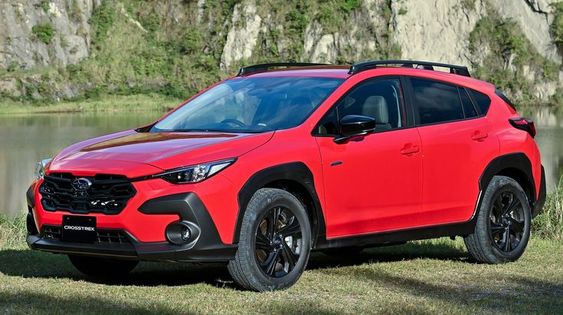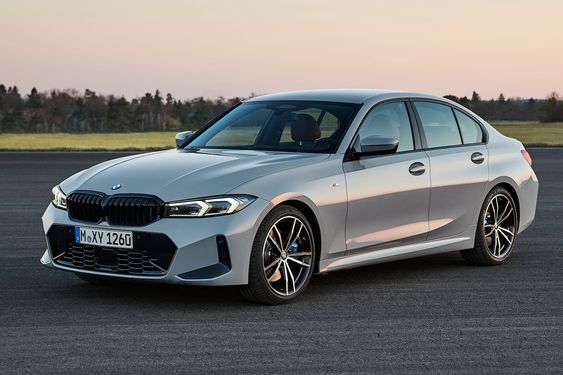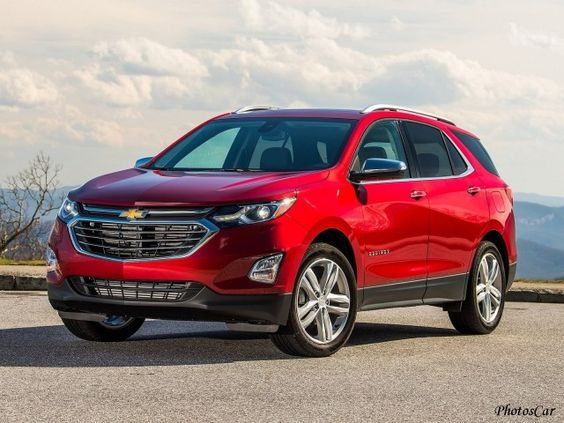Introduction
The Kia Sorento has long been a popular choice for families and adventurers alike, offering a spacious interior, versatile cargo space, and a comfortable ride. But with rising fuel prices, fuel efficiency is becoming an increasingly important consideration for car buyers. In this review, we'll delve into the Kia Sorento's fuel economy performance, exploring its different engine options and how they stack up against the competition.

We'll examine the EPA-estimated fuel economy ratings for each trim level and engine configuration, taking into account factors like city, highway, and combined fuel consumption. We'll also discuss real-world fuel economy experiences reported by Sorento owners, providing insights into how the vehicle performs in everyday driving conditions.
Engine Options and Fuel Efficiency
The Kia Sorento offers a range of engine options, each with its own fuel efficiency profile. The base engine is a 2.5-liter four-cylinder that delivers a respectable 191 horsepower and 181 lb-ft of torque. This engine is paired with an eight-speed automatic transmission and achieves an EPA-estimated fuel economy of 29 mpg city, 32 mpg highway, and 30 mpg combined.
For those seeking more power, the Sorento also offers a turbocharged 2.5-liter four-cylinder engine that generates 281 horsepower and 311 lb-ft of torque. This engine is available with front-wheel drive or all-wheel drive, and it achieves an EPA-estimated fuel economy of 22 mpg city, 29 mpg highway, and 25 mpg combined.
The top-of-the-line Sorento is powered by a 2.5-liter turbocharged hybrid powertrain that combines a gasoline engine with an electric motor. This hybrid system delivers a combined output of 227 horsepower and 258 lb-ft of torque, while achieving an impressive EPA-estimated fuel economy of 39 mpg city, 35 mpg highway, and 37 mpg combined.
Real-World Fuel Economy
While EPA-estimated fuel economy ratings provide a good baseline, real-world fuel economy can vary depending on driving habits, traffic conditions, and other factors. Sorento owners have reported achieving fuel economy figures that are generally in line with the EPA estimates, with some even exceeding them.
Those who primarily drive in city traffic may see slightly lower fuel economy than the EPA estimates, while those who spend more time on the highway may see higher fuel economy. Additionally, driving habits such as aggressive acceleration and frequent braking can negatively impact fuel efficiency.
Comparing Fuel Efficiency to Competitors
The Kia Sorento's fuel economy performance compares favorably to its competitors in the mid-size SUV segment. The Honda CR-V, Toyota RAV4, and Nissan Rogue all offer similar fuel economy figures, with the Sorento's hybrid powertrain offering a significant advantage in terms of fuel efficiency.
However, some competitors, such as the Subaru Outback and Mazda CX-5, offer slightly better fuel economy with their base engine options. Ultimately, the best fuel economy for your needs will depend on your individual driving habits and preferences.
Conclusion
The Kia Sorento offers a compelling combination of space, versatility, and fuel efficiency. While its base engine provides respectable fuel economy, the hybrid powertrain stands out as a particularly fuel-efficient option. With its competitive fuel economy and overall value proposition, the Kia Sorento remains a strong contender in the mid-size SUV market.





